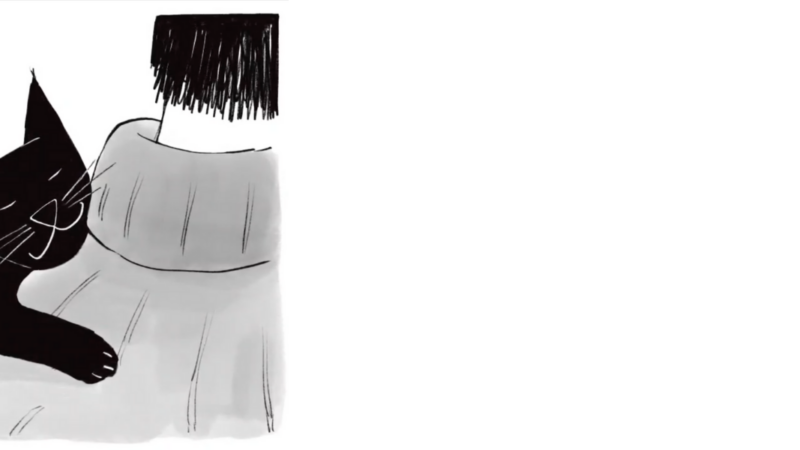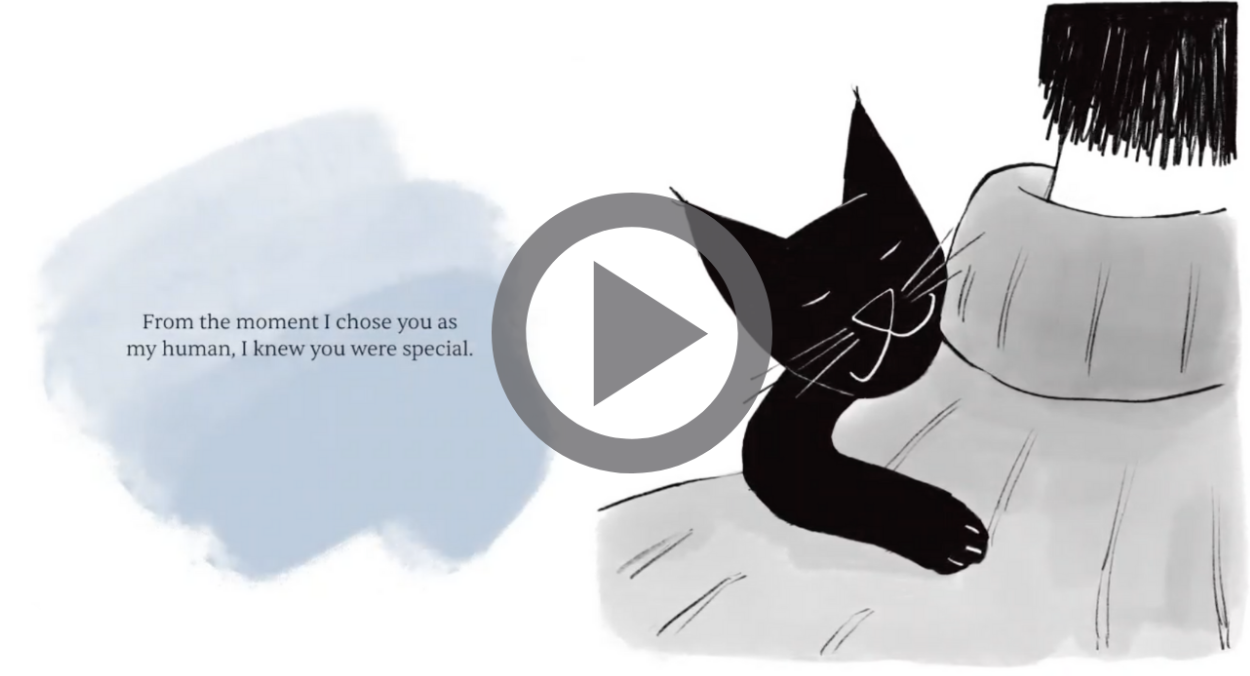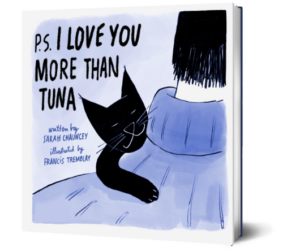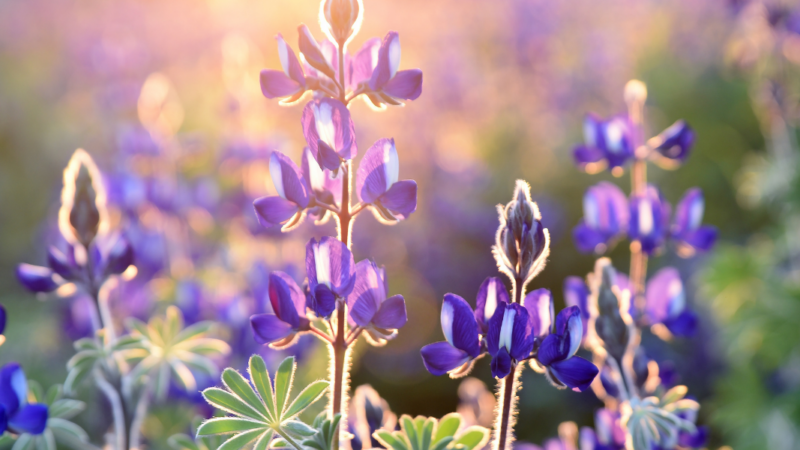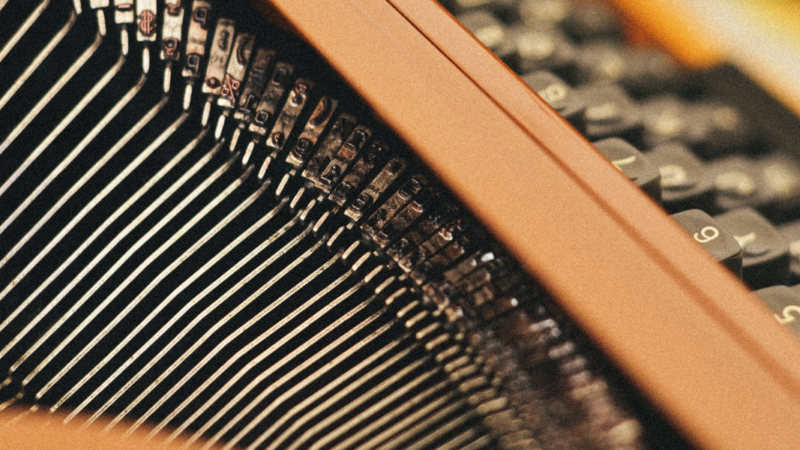The Basics of Natural Awareness 101: Broadening Attention

There are three deliberate mental shifts you can make during classical mindfulness meditation that can help point you toward natural awareness: relaxing effort, broadening attention, and dropping objects.
If you have not read the first step yet, you can find Relaxing Effort on our blog.
Broadening Attention
Your attention can be very narrowly focused or broadly focused. It can also be somewhere in between. You might notice the differences because you naturally adjust the breadth of your attention in life all the time. You are driving your car, and you focus first on your dashboard, and then you automatically shift to a wider peripheral sense of the road in front of you. You are talking with a friend, and you focus on her face, then shift to her whole body, and then notice the room in which you both are sitting.
We can think of the mechanism of attention as being like a camera. Sometimes you use a telescopic lens in order to focus on something quite narrow—maybe taking a close-up of a flower, seeing the intricacies of the stem and petals in detail. Usually we take midrange photos—of our kids, friends at the game, or whatever the selfie du jour is—employing a lens that is not too narrowly focused, but open in a general way. The far end of the spectrum would be when we use a panoramic lens to take an elongated, comprehensive photo of, let’s say, the Grand Canyon.
When we meditate, we can apply a narrow or panoramic attention. An example of using a narrow focus would be attending primarily to your breath (or any single object of focus). The panoramic attention would be when our attention is wide open—when we notice many things going on or just have a general wide view. When, for example, we listen to sounds coming from all directions surrounding us, this is a panoramic attention, or wide focus.
We can even apply an attention in meditation that’s somewhere in between these two. A somewhere-in-between attention might be when a few things are going on and our attention can encompass them, either simultaneously or consecutively. Our lower back is achy, and we’re trying to attend to the pain. And then perhaps we move our attention to a global sense of our body or to a part of our body that feels okay at the moment (typically our hands or feet), so that we’re not overwhelmed by the pain. (This is a helpful recommendation if you’re experiencing pain in meditation.)
Broad, panoramic attention tends to be the type of attention present when we do natural awareness practice. Because most of us gravitate toward a focused attention both in meditation and in daily life, opening up panoramically can actually invite in natural awareness. It counteracts our usual forward-focus tendencies and allows our minds to rest and reset, kind of like a brain vacation.
But broad or panoramic attention does not equal natural awareness; instead, shifting into broad attention will point us in the direction of natural awareness. That’s why many of the glimpse practices in this book focus on broadening our attention. Sometimes as we practice broadening our attention, we find ourselves thoroughly and completely aware, which is close to how I defined natural awareness earlier in the book. And it is also possible to have natural awareness without noticing broadly.
Try broadening your attention right now.
Close your eyes if that is comfortable to you. Start by narrowing your attention to a single area of focus in your body—your abdomen, chest, or nostrils. Try to keep this narrow focus for a few minutes.
Now begin to listen to the sounds around you. Start with sounds nearby, but then listen with an expansive ear. How far away are the sounds you can hear? Listen to the sound that is farthest out. Try this approach to listening for a minute or two.
Now notice your whole body. Can you fully feel your body seated here? Relax and unclench your belly. Imagine you could expand that sense of your body, feeling your body moving out in all directions, including above and below. Try being aware of your expanded body for another minute.
Finally, open your eyes and let your gaze become peripheral—wide open, noticing the space around you. Let your eyes be soft, but take in an expansive view. Keep your stomach relaxed. Explore this expanded view for a few minutes, resting here, and then notice what happens to your awareness.
Continue reading the next step, Dropping Objects, or read the previous step Relaxing Effort.
This is excerpted from The Little Book of Being: Practices and Guidance for Uncovering Your Natural Awareness by Diana Winston.
 Diana Winston is the director of Mindfulness Education at UCLA Semel Institute’s Mindful Awareness Research Center (MARC) and the coauthor, with Dr. Susan
Diana Winston is the director of Mindfulness Education at UCLA Semel Institute’s Mindful Awareness Research Center (MARC) and the coauthor, with Dr. Susan
Smalley, of Fully Present: The Science, Art, and Practice of Mindfulness. She is a well‑known teacher and speaker who brings mindful awareness practices to the general public to promote health and well‑being. Called by the LA Times “one of the nation’s best‑known teachers of mindfulness,” she has taught mindfulness since 1993 in a variety of settings, including hospitals, universities, corporations, nonprofits, schools in the US and Asia, and online. She developed the evidence‑based Mindful Awareness Practices (MAPS) curriculum and the Training in Mindfulness Facilitation, which trains mindfulness teachers worldwide.
Her work has been mentioned or she has been quoted in the New York Times; O, The Oprah Magazine; Newsweek; the Los Angeles Times; Allure; Women’s Health; and in a variety of magazines, books, and journals. She is also the author of Wide Awake: A Buddhist Guide for Teens, the audio program Mindful Meditations, and has published numerous articles on mindfulness. Diana is a member of the Teacher’s Council at Spirit Rock Meditation Center in Northern California. She has been practicing mindfulness meditation since 1989, including a year as a Buddhist nun in Burma. Currently, Diana’s most challenging and rewarding practice involves trying to mindfully parent an eight‑year‑old. She lives in Los Angeles.
For more information, visit dianawinston.com and marc.ucla.edu.
Buy your copy of The Little Book of Being at your favorite bookseller!
Sounds True | Amazon | Barnes & Noble | Indiebound

Being Witnessed In Grief Is A Powerful Balm For Healing
Dear friends,
Two days after my cat, Hedda, died in 2016, my friend Francis sent me a sketch with a note “from” Hedda that read, in part, “P.S. I love you more than tuna.” Through my tears, I thought that would be a great book title. I had a clear vision: an illustrated gift book that people would give to friends, family, colleagues, or clients after the loss of their cat. A step beyond a sympathy card, this would be the first “empathy book” for adults grieving the loss of a cat.
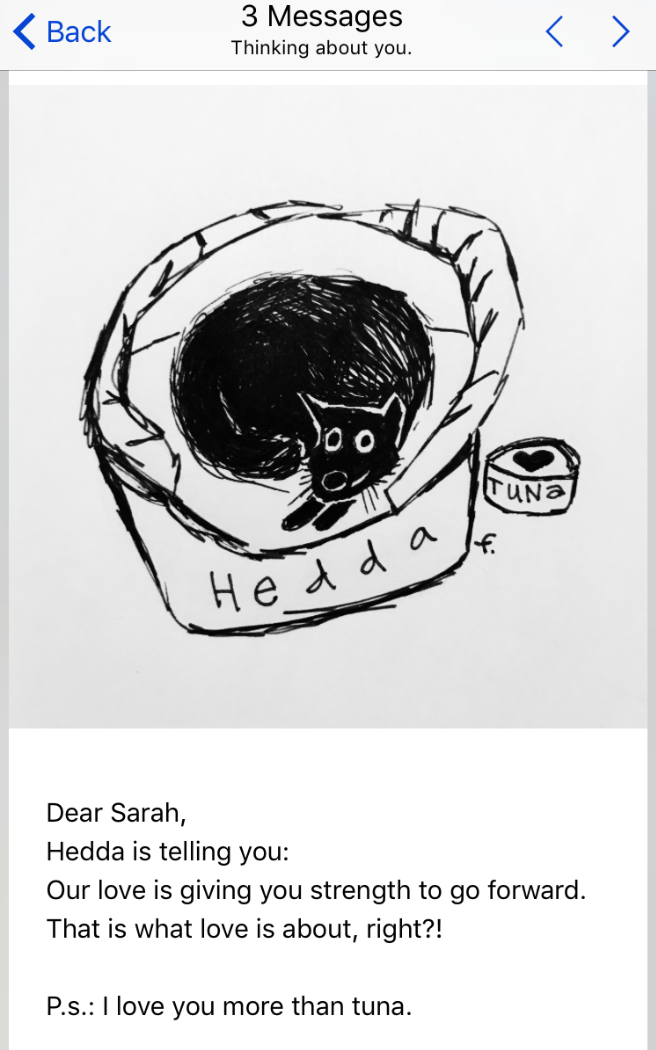
Inspired in part by Eckhart Tolle and Patrick McDonnell’s Guardians of Being and Charles M. Schultz’s Happiness is a Warm Puppy, P.S. I Love You More Than Tuna offers comfort and inspiration through New Yorker-style drawings and simple, evocative language. My goal was to make it heartfelt without being cloying.
Every year, six million Americans and Canadians must say a final goodbye to their cats—buddies who leapt into their hearts as kittens, purred away heartbreak through multiple breakups, snuggled by their side in homes large and small, and occasionally deleted folders of work by stretching out on a warm keyboard.
“Pet loss” is considered a disenfranchised form of grief; it’s not culturally sanctioned. We don’t have any universal rituals for this grief, like sitting shiva or holding a wake. This often leaves the bereaved feeling isolated and misunderstood, which compounds the grief and makes healing more difficult.
People grieving companion animals have a need to be seen, their grief validated. Being witnessed in grief is a powerful balm for healing.
Friends of those grieving companion animals are often at a loss for ways to show their support. P.S. I Love You More Than Tuna gives all of us the opportunity to make a profound impact with a simple gesture.
When Francis sent me the sketch and note, I felt seen. Francis’s gift acknowledged the bond I’d had with Hedda and my grief at her death. The present tense of the note also reminded me that Hedda was still with me, even if I couldn’t see her. That was significant in terms of helping me heal, and that’s the comfort I hope P.S. I Love You More Than Tuna will provide to other cat lovers.
Sounds True has created a lovely video preview for P.S. I Love You More Than Tuna. I hope you’ll check it out below.
Ultimately, I hope this book will benefit the world in multiple ways: for the recipient, witnessing and healing; for the giver, a tangible action they can take to help another; for Best Friends Animal Society, to which I’m donating 10 percent of my proceeds, contributing to their work of keeping pets in the home. This includes helping low-income people connect with resources they need to feed, train, and care for their companion animals. And of course, I hope this will benefit Sounds True and their work in the world, which is quickly becoming more needed than ever.
Take care,
Sarah Chauncey
A cure through love
It was Freud, in a letter to Carl Jung, who said: “psychoanalysis in essence is a cure through love.”
It hurts us so much when those around us are suffering, when those we care about are struggling. Maybe it’s one of our co-workers, an elderly person who is all alone, a client terrified in the face of a cancer diagnosis, one of our children whose self-esteem has been crushed, our partner who is so sad that our relationship is not flowing, or a close friend who is grieving the loss of her lover. What do we do? How can we help? What are the most effective ways to lessen their grief, their sadness, their anxiety, their shame, their fear? We hear that to truly love another is the most powerful form of healing – but what does this mean? When we’re with someone who is suffering, we can create with them a holding environment which allows their subjective experience to be exactly what it is. We can stay very close to their experience, allowing it to be metabolized in the space between us. They feel us right there with them, that warmth, that space in which all is welcome. They are able to be what they are, right then and right there, and know at the deepest level that they will be received, that they need not hold anything back, that there is a certain safety and ground in which all of the most precious pieces of their psyche, their heart, and their body can dance, can express, can unfold, and can become illuminated within the sacredness of the relational field.
In my experience, most of us, when confused or hurt or anxious or sad, want so deeply for our experience to be seen, to be met, to be touched, to be received into that relational field of space, kindness, presence, and warmth. We can be there for another in this way and really allow them to fall apart, to go crazy, to be confused all the way, to touch all of those thoughts, feelings, emotions, and sensations that have been kept at bay for so long. It sounds so simple, but in practice is in fact a revolution. When they know that we aren’t needing them to be different, when they know we will walk with them into terror, panic, depression, grief, anger, and fear, they soften, the space around us softens, and we are invited into the mystery, guided into the unknown together. We’re never sure what will be revealed there, but we are called nonetheless to move into this new territory together, with some crazy sense of faith that there is an intelligence here, a creativity that is pouring out of the beyond.
We long to somehow receive permission to be what we are, for another to understand how we are organizing our experience, for another to somehow be willing to enter into a burning love-field with us, without needing us to be different, to be “cured,” transformed, or even to heal. When we are truly met, when our subjectivity is deeply touched by another, with no agenda, a very organic process of healing is initiated – one that does not come from us or from our friend who is suffering, or even from what we want or think should happen – but seemingly from some mysterious Other. That Other is a raging field of intelligence and creativity, and has come to touch us, to hold us, and to show us something precious. When we allow ourselves to enter deeply into the subjective experience of another – and when they feel us with them inside of the cracks and crevices of each and every cell of their heart – love takes over, grace begins to whisper its secrets, and we turn toward home, together.

Setting Intentions to Clear the Mind
Clear Your Mind
Do you ever feel like your brain might burst? Right this minute, my mind is simultaneously processing way too many thoughts:
Need to walk the dogs.
Text my friend back.
Tomorrow’s physics final.
College applications.
Need to make lunch.
What time do I have to wake up tomorrow?
It seems as though my mind is always on overload. But I’m not actually getting anything done. Why is this?
It’s because our brains aren’t meant to hold this much information. Science shows that we can only store a maximum of three or four things at once in our conscious mind, also known as our “working memory.” When we hold on to more than this, our brains become like messy rooms—cluttered and full of junk, so we can’t find anything. No wonder I feel so overwhelmed and disorganized.
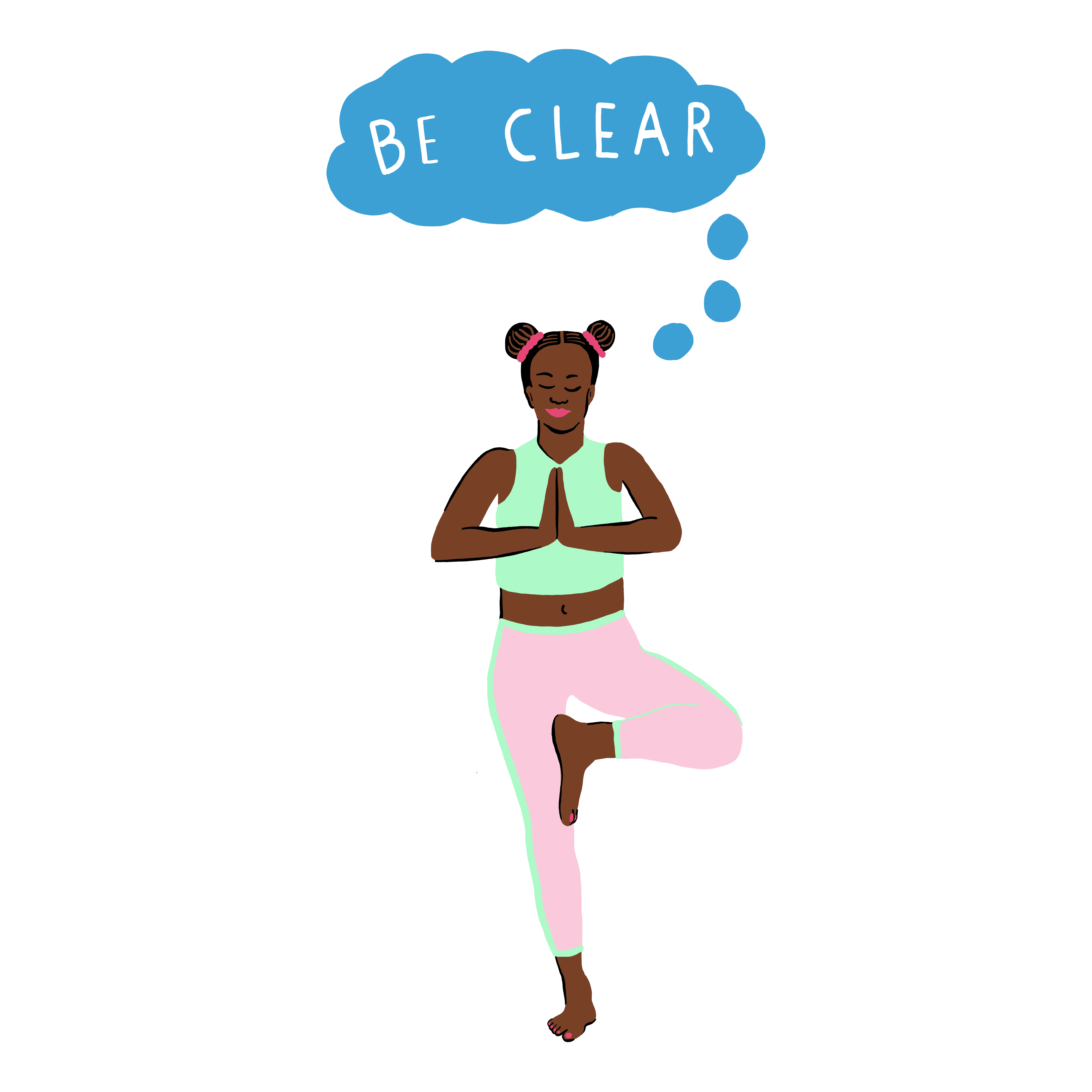
I Intend
Another way we can be clear is by setting intentions each morning. Intentions are state- ments for how we would like to go about our day. Unlike a goal, an intention doesn’t require any steps to reach a certain objective. It’s simply a way to be.
Intentions work like magic. They affect our behavior, how our day goes, and even what things “happen” to us. Here’s how to get started:
- Make your intentions at a set time each day, such as right after waking up. Take a deep breath. Notice how you feel. Do you have pain anywhere in your body? What is the first thought that pops into your mind? Is your brain racing with stress or worry? Pay attention to all of it.
- Ask yourself, What do I want to bring into this day? Breathe and listen to your body’s answer.
- Roll over, grab a pen and notebook, and write down three intentions for the day. Be sure to state them all in the affirmative. (For example, “I will practice forgiveness” rather than “I will not hold a grudge.”) Here is a sample:
I will be patient with myself.
I will listen intently to others.
I will speak out of kindness.
- Read over your list. Let your intentions seep in. It might help to read them out loud. When you feel satisfied, seal the practice with another deep breath. Throughout your day, whenever you feel yourself becoming overwhelmed or stressed, think back to those statements.
This is an excerpt from the chapter “Be Clear” from Whole Girl: Live Vibrantly, Love Your Entire Self, and Make Friends with Food by Sadie Radinsky.
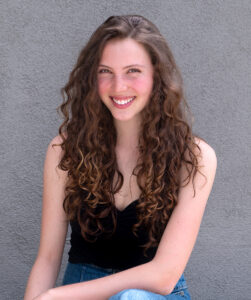 Sadie Radinsky is a 19-year-old blogger and recipe creator. For over six years, she has touched the lives of girls and women worldwide with her award-winning website, wholegirl.com, where she shares paleo treat recipes and advice for living an empowered life. She has published articles and recipes in national magazines and other platforms, including Paleo, Shape, Justine, mindbodygreen, and The Primal Kitchen Cookbook. She lives in the mountains of Los Angeles. For more, visit wholegirl.com.
Sadie Radinsky is a 19-year-old blogger and recipe creator. For over six years, she has touched the lives of girls and women worldwide with her award-winning website, wholegirl.com, where she shares paleo treat recipes and advice for living an empowered life. She has published articles and recipes in national magazines and other platforms, including Paleo, Shape, Justine, mindbodygreen, and The Primal Kitchen Cookbook. She lives in the mountains of Los Angeles. For more, visit wholegirl.com.
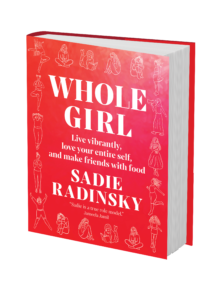 Sounds True | Amazon | Barnes & Noble | Bookshop | Indiebound
Sounds True | Amazon | Barnes & Noble | Bookshop | Indiebound
Resurrecting Jesus: Adyashanti on the True Meaning of a Revolutionary Mystic
Until this spring, the last time I’d read the New Testament was a quarter-century ago, when I was in college studying comparative religion and literature. Back then, I spent all my time reading the mystics—not just the Christian mystics, but Sufis and kabbalists too. Though I loved the desert fathers and Meister Eckhart and St. John of the Cross, I eventually read less and less of the Christian mystics.
I didn’t grow up in a church-going family, so I didn’t have a lot of baggage around my personal experience of Christianity. Still, I had a problem with Jesus—or rather, all the things that the church had done in Jesus’ name. I couldn’t separate my feelings about the centuries of crusades and witch hunts, about the church’s institutionalized drive for worldly power, about the repression and small-mindedness of the Christian right, from my feeling about Christianity’s ‘founder’.
Christian theology got in my way, too; as someone with a mystical bent, I couldn’t accept that my own relationship with the divine required an intermediary, and the whole doctrine of the Trinity seemed needlessly complicated. Finally, on those few occasions when I did go to church, I found the Jesus portrayed in the pulpit to be simplistic, even insipid.
Yet, in spite of all these blocks to the predominant religion of my culture, I also sensed an immense transmission of love right at the core of Jesus’ teachings, prior to any of the trappings of doctrine and theology. I sensed it, but I couldn’t access it.
Then, a few years ago, I stumbled upon one of Adyashanti’s Christmas satsangs, and a whole new view of Jesus opened up for me. The Jesus he portrayed was a spiritual revolutionary, one whose life could be read as a map of the awakening journey. This view of Jesus didn’t so much resolve my earlier issues with “church Jesus” as render them pointless. After all, if there’s only one truth and it’s only found now, all historical perspectives are moot.
The more I listened, the deeper Adya’s message on Jesus resonated for me. When it came time to brainstorm new projects with Adya, I suggested that we ask if he’d be willing to teach on Jesus. As it turned out, he was already preparing for a weeklong retreat on that very topic, and was happy to take on these new projects. That was the genesis of Adya’s current online course—and upcoming book and audio program—Resurrecting Jesus: Embodying the Spirit of a Revolutionary Mystic.
This spring, I traveled with Tami Simon and Hayden Peltier (one of our audio engineers) to record Adya at a studio in the mountains above Santa Cruz. I was excited to be part of the recording, but didn’t realize just what a profound impact listening to Adya talk about the Jesus story for four days would have on me. As those who have attended satsangs or intensives with Adyashanti already know, his presence is a teaching, and his talks carry a powerful transmission.
At the end of the recording, I found myself energized and excited to work on editing the video, audio and book projects that we’d captured. In the months since, I’ve read the gospels over and over—especially the Gospel of Mark, which is the primary text Adya refers to in Resurrecting Jesus. I see clearly now how the Jesus story maps out the journey of awakening. But for me, the most exciting aspect of the project has been discovering what a fantastic story Mark tells in his gospel. The Jesus who comes through in Mark—now that I’ve heard Adya’s take on the gospel’s deeper meanings—is engaged, compelling, and totally unexpected.
I know how many people have grown disillusioned with the Christian tradition, even as they seek deeper spiritual insight through other practices and traditions. My hope is that Resurrecting Jesus will invite others to reconnect—or connect for the first time—with the deep wisdom of the Jesus story.

Let the Dark Places Be Teachers
FIND THE SOURCE
This is a tender exercise, a tracing of pain, the path back to the deepest wound. For myself, a huge hurt that I carry is often the source of great realizations and growth. I’ve worked with many different types of therapy for years to figure out where my pain stems from, and my curiosity has been my greatest guide in this effort. I want to know why I am the way I am, and my trauma informs so much of my mindset. Do you know where your pain comes from? Does it point back to a certain occurrence? Do you have only a vague idea, a slight memory, that seems to be the source? What do you do to familiarize yourself with the hurt you carry?
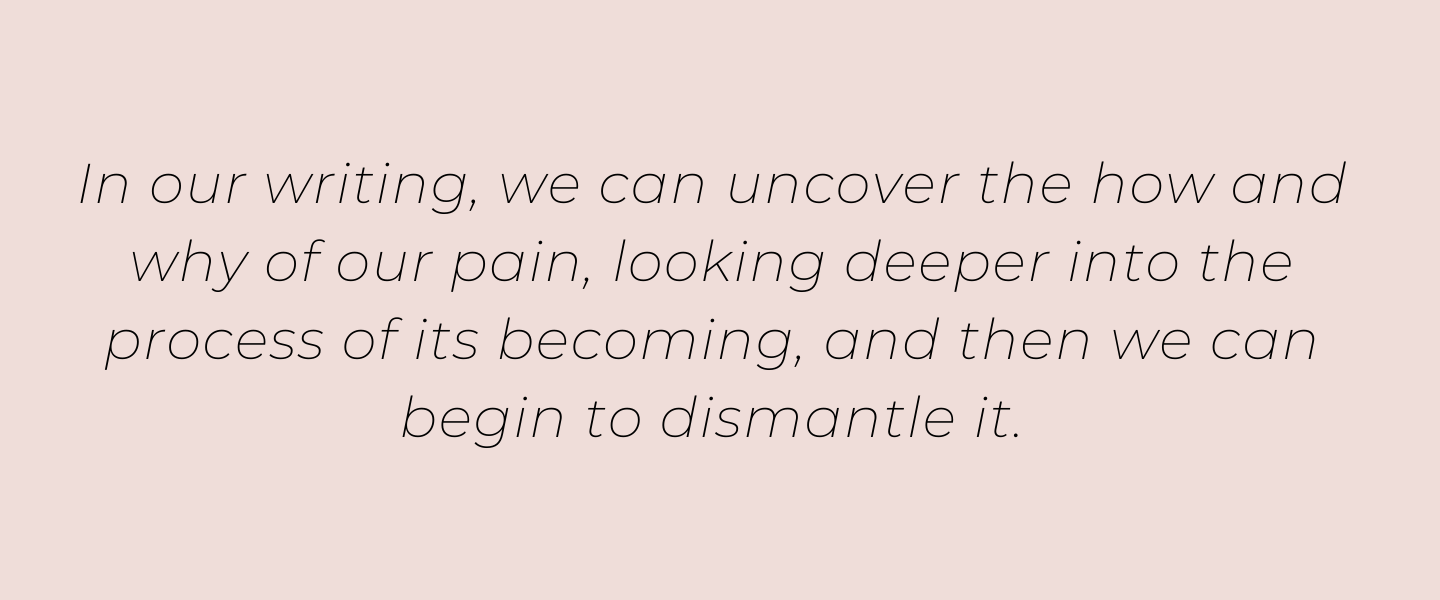
There are countless, well-trusted methodologies to help us become acquainted with our pain, and when we dig into this work, the cave of our understanding becomes incredibly deep.
I like to turn my pain into a guide. I follow its directions, meditating on where it all began. It’s at these starting points where I find the most potent feelings. My heartbreak from a failed relationship will often give me a chance to let out my sadness in verse, but not before I try to unpack the whole story. Only when I attempt to understand the many aspects of this failed relationship can I fully feel it and pay tribute to it. I begin this kind of investigation by rambling in my journal. Then, if I feel inclined, I might pull the heart of my understanding into poetic form. I recently wrote a book of poetry called Help in the Dark Season, which focuses on my childhood trauma, the way it affects my adult relationships, and the modes of healing that have helped me grow. Writing this book was extremely hard, but after I finished, I felt like I’d turned coal into gold. I pulled back the curtain inside myself and let light do its thing. Now I not only get to feel the inner effects of my work but I’m also able to witness the importance of sharing this book with others, the way my words act as a key to unlock their personal process of healing. The result of this revealing has been an honesty and a newness that I couldn’t have reached without the alchemy of writing poetry.
I urge you to do this hard work with your trauma, if you’re able. Give yourself permission to move into the realm of blame. Maybe move beyond it toward forgiveness.
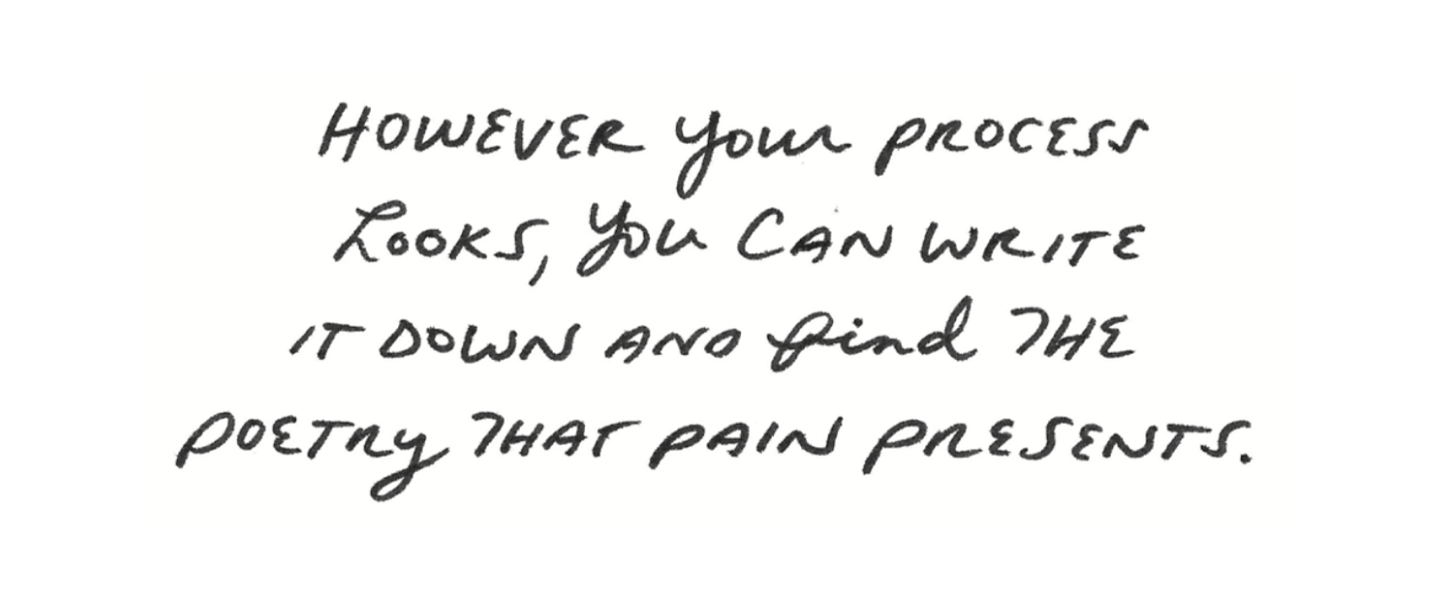
Our traumas create our fears, and our responses to these fears can be as poetic and beautiful as we make them. Let your pain be a source of inspiration, turn this heavy load into poetry, own it, use it, and take as much from it now as it has taken from you in the past.
Close your eyes and meditate on the hidden ache you carry. I like to start with my childhood because that’s what makes sense for me, but you can start anywhere along your timeline. Do you see any images attached to your discomfort? Can you try and put words to your grief and your loss? Who hurt you? What was their childhood like? Why did they do what they did? Make use of the pain of being alive. See the universality in whatever caused you harm, and focus on the connection to others who have survived similar experiences. When I sit with my wounds, I find my resilience, and that makes me want to linger there, gather up the lessons left in the aftermath, and use them for my own creation. Writing about my pain enables me to claim it as my own, and this ownership is empowering.
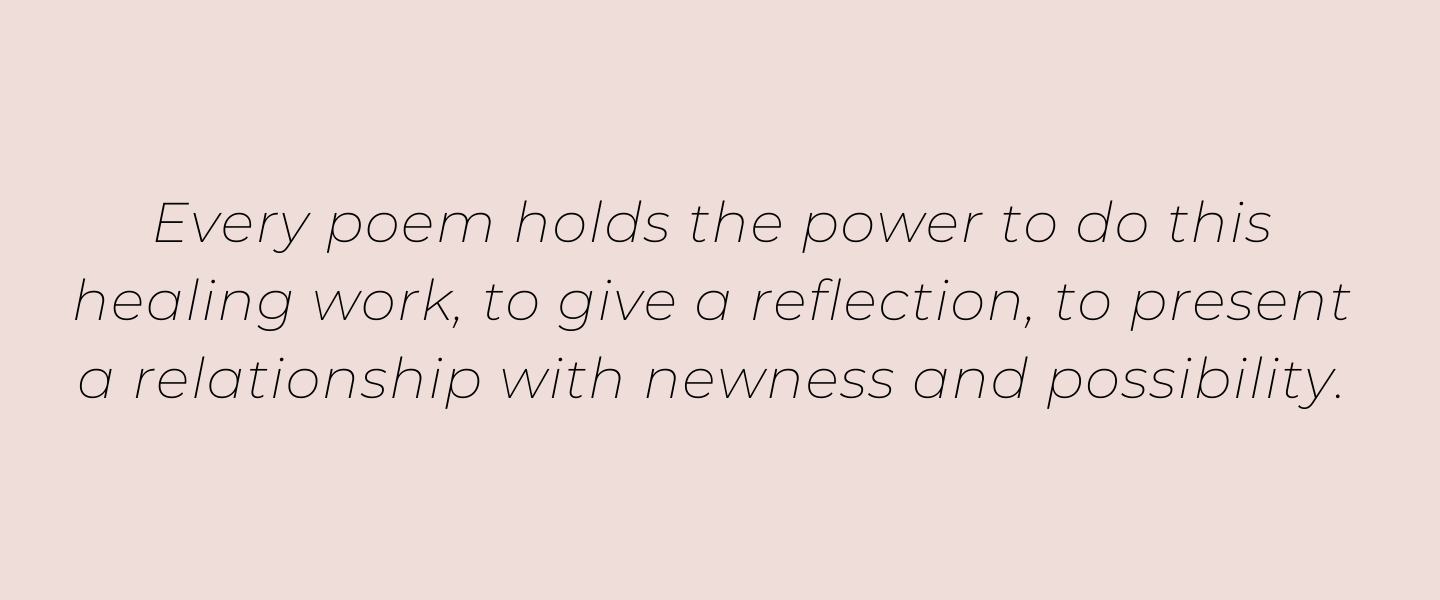
How can you show your reader your personal methods of self-care in a poetic way? Maybe start by writing a list of poems or even song lyrics that have been healing for you in the past. I have poems dog-eared and underlined in every book on my shelf, and I’ll pull them out in a moment of need. They’re my reminders that yes, it is indeed hard to be alive for everyone.
This is an excerpt from Every Day Is A Poem: Find Clarity, Feel Relief, and See Beauty in Every Moment by Jacqueline Suskin.

Jacqueline Suskin has composed over forty thousand poems with her ongoing improvisational writing project, Poem Store. She is the author of six books, including Help in the Dark Season. Her work has been featured in the New York Times, the Atlantic, and Yes! magazine. She lives in Northern California. For more, see jacquelinesuskin.com.
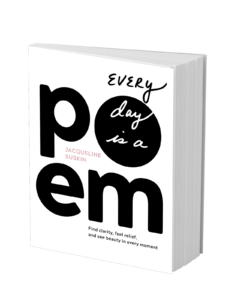
Sounds True | Amazon | Barnes & Noble | Indiebound | Bookshop



